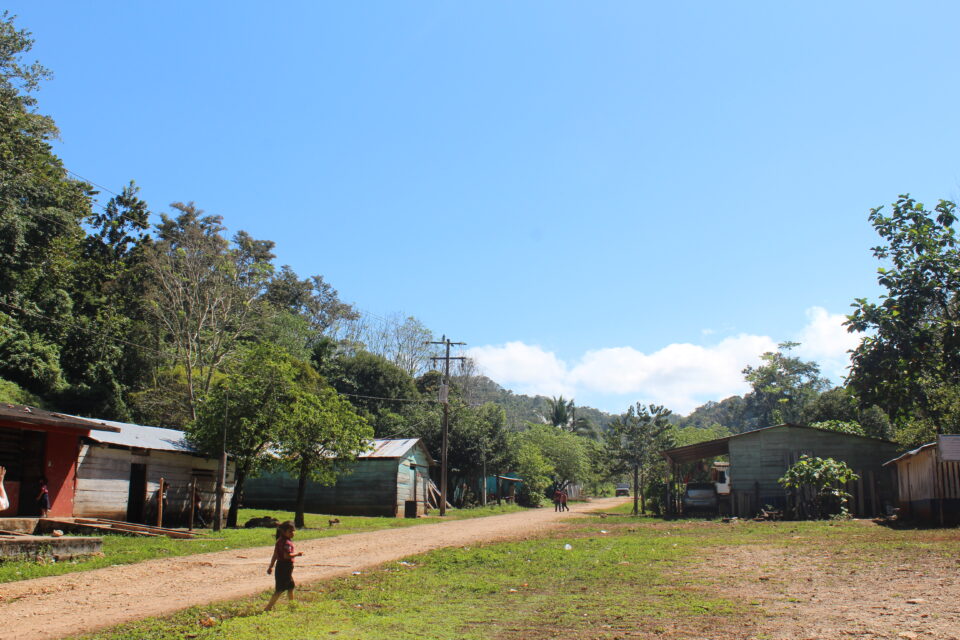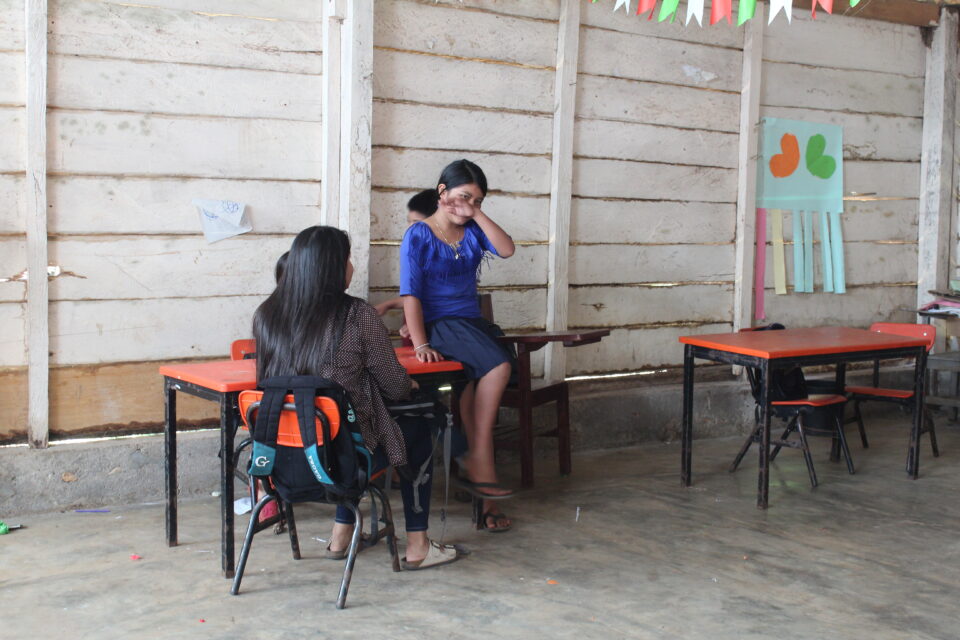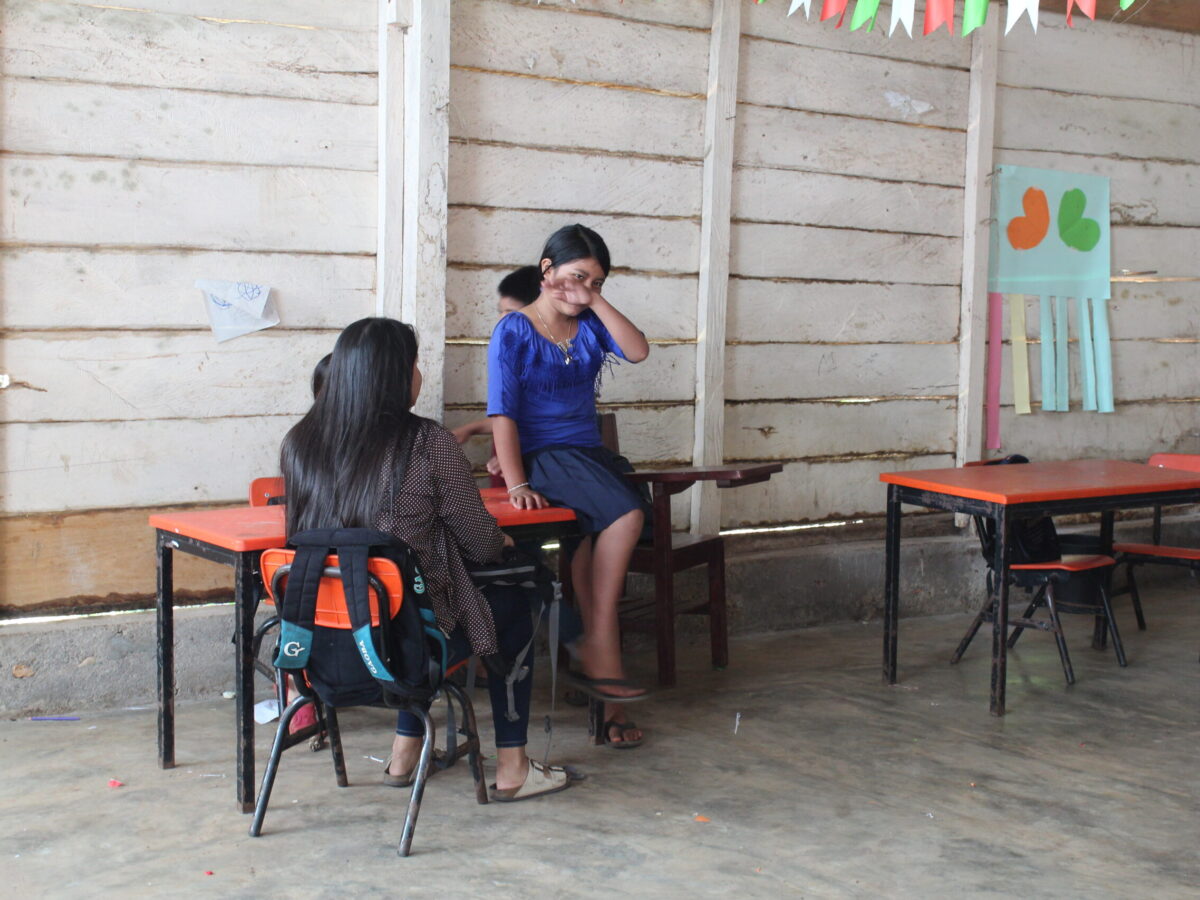We may know what education is and its importance, we may also know why it is relevant to eradicate poverty and give a ground of equal opportunities for young women. However, do we really know the reality of young women’s education in indigenous and rural communities?
It is interesting, you know, while I was editing the last details, I was asked why I wrote about the topic ‘if it is something we already know about, then what sense would it have to publish on a topic that has already been written?’.
Well, even though we have access to studies and publications that show the importance of education, for example, articles from the World Economic Forum to government statements on education investment, I wanted and witnessed the reality, not only in data but in stories that through paper transmit the truth and genuineness. Therefore, I cannot say that I lived, but rather that they let me understand their reality and give voice to those girls who are unheard. There are many communities like the ones you will know through my pen but this time you will know the history of a community in southeast Mexico (I omit its name by request). There, I met the infrastructure, teachers, and coordinators, and experienced the true life of these girls.

We can define broadly and in detail what school means and what encompasses the social concept of education: a social institution, a learning environment, or the second social space where our social skills are developed. Or, as UNESCO would define it, “the process of facilitating learning or the acquisition of knowledge, skills, values, beliefs, and habits.” But the day Ana told me what education and school meant to her, my own definition changed. An opportunity. Yes, the opportunity to dream. In fact, Ana was right, education makes us dream and give us the tools to work for that dream. However, for those who are reading, I do not want you to be under the impression that they have it easy.
Only 40% of girls in this community finish school. For the unfortunate 60%, they don’t decide to ‘leave school’. Their reality forces them. These girls live under a patriarchal system where they are taught by their families that a woman’s only destiny is to marry and form a family because it is the social norm. Hence teen pregnancies are not news.
In that case, what happens with the girls’ dreams and goals? Where do they go? Are they lost forever? Ana begs to differ. She believes in change and I trust her.
Families are not guilty of teaching these social norms, it is simply something that has been taught for generations. The families’ strength in the socialization process is to develop the most crucial role in primary socialization because it is through a family setting that the human being develops in their first years, in which a person acquires and is impacted by many agents. Therefore, primary socialization is the process in which parents seek to introduce their children to the behaviors and rules that they will later face in society. Thus, this stage is critical in the life of a person.
Nonetheless, there is the ‘dream’. It is there where the education role makes a change in their life, as well as primary and secondary socialization. Secondary socialization is defined as the social process where children’s behavior and personality are influenced by secondary agents such as the education system. It means children acquire values, norms, ideas, etc through secondary social agents as well as through the family.
The development of children and their perception of social reality is impacted by the education system, which is considered one of the most crucial influences because it is one of the environments in which socialization lasts for the longest time. However, the context of these girls and their location in marginalized communities affect their educational development. Ana and her classmates have access to education, yes. But, do they have access to quality education? no.
The school’s learning environment, and the poor infrastructure, such as sanitary facilities, impact the quality of their learning. Poor ventilation, high temperatures, lack of materials and equipment to develop interactive classes are some of the many conditions that put the education of these girls at a disadvantage and increase inequality.
On the other hand, I´m impressed with how the girls look for solutions in order to improve their learning environment. Because of the lack of adequate ventilation, they wear cooler clothes or suitable footwear to prevent this situation from being an impediment to their learning.

When I first met the girls, they denied speaking an indigenous language. However, when they started sharing their experiences and stories, they told me they spoke a language called Chol and even taught me how to write basic phrases. They also confessed that they were fluent but barely spoke it anymore except at home but their parents did not continue teaching them the language. Later, I discovered the reason for denying it.
Their parents and even some girls had been discriminated against for speaking an indigenous language. Consequently, parents seek to protect their daughters and sons from this situation, forbidding them to speak it outside of a family environment. The girls understand why their parents reject it and thus teach them to deny their identity. It saddened me because, in today’s Mexico, the reality for many girls, boys, and communities is having to refuse themselves due to the fear of being discriminated against and having fewer opportunities.
It is impossible to lower the pen without mentioning the teachers, coordinators, and people who walk long paths to serve society and these marginalized communities, implementing dynamic programs and classes to empower and teach even with the lack of materials, all the while seeking to make an impact in the lives of these young women.
They are educators who are helping their reality change. These young women are the future, and they are working for it. Even though their reality hurls more obstacles on them than average, they continue to press on. I’m sure they will achieve their goals because they have the most important thing, ‘will’. Their voice and stories will be heard because, for them, school is not taken for granted, it is a dream.
https://www.weforum.org/agenda/2016/05/how-can-education-aid-economic-development
https://www.globalgoals.org/goals/4-quality-education/
Author:
Metzli De La Cruz Oviedo

